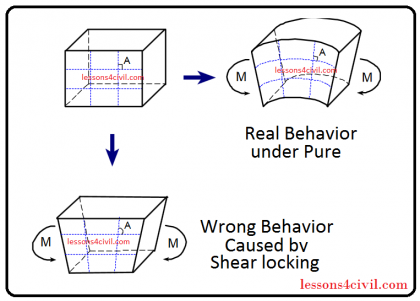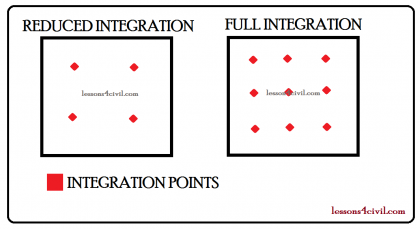Incompatible Mode
Incompatible mode is a feature designed to improve the bending behavior of low order elements. Briefly, by using this feature elements shows a more realistic response under bending moments. As I have focused several times in my video coarse, deep understanding of different features of a software is the most part of any numerical modeling. […]






